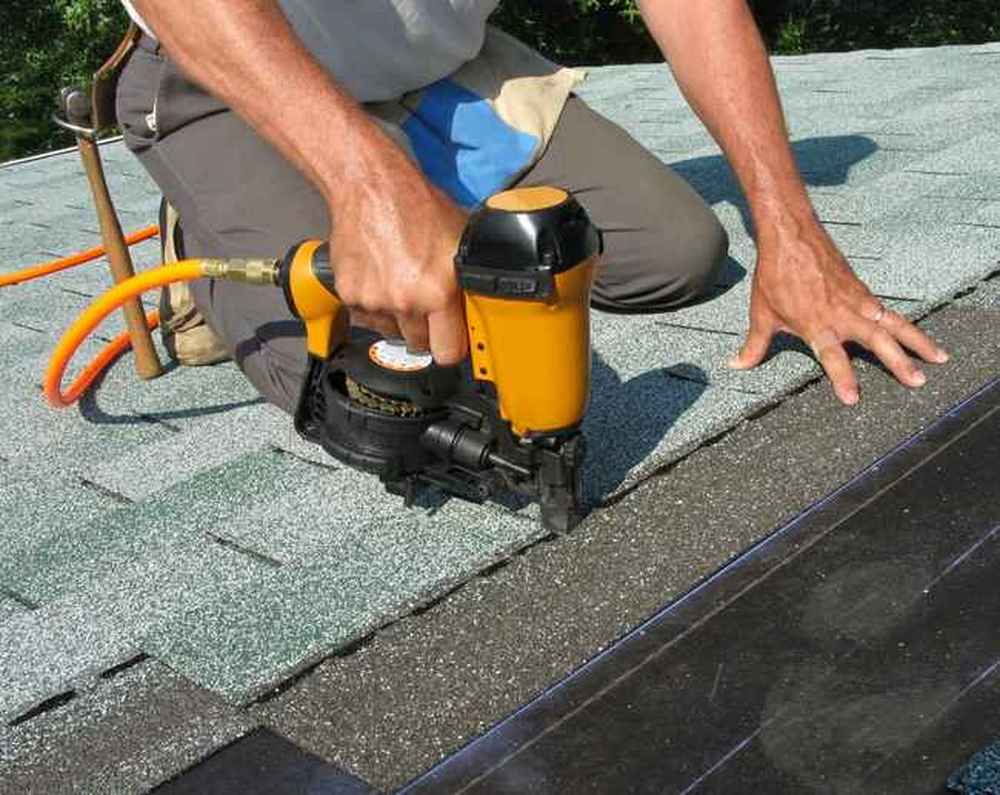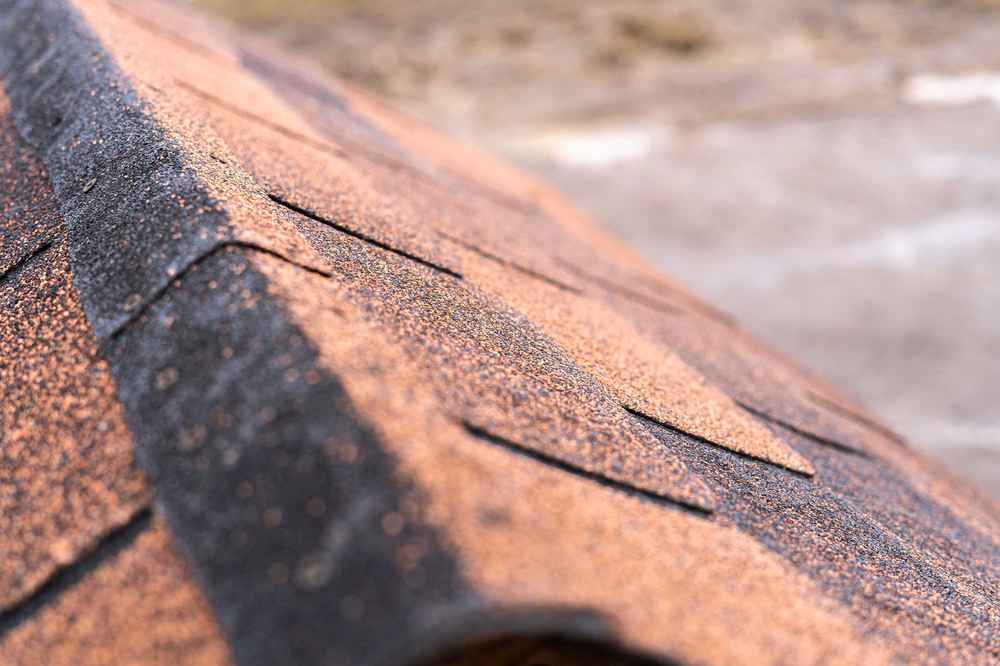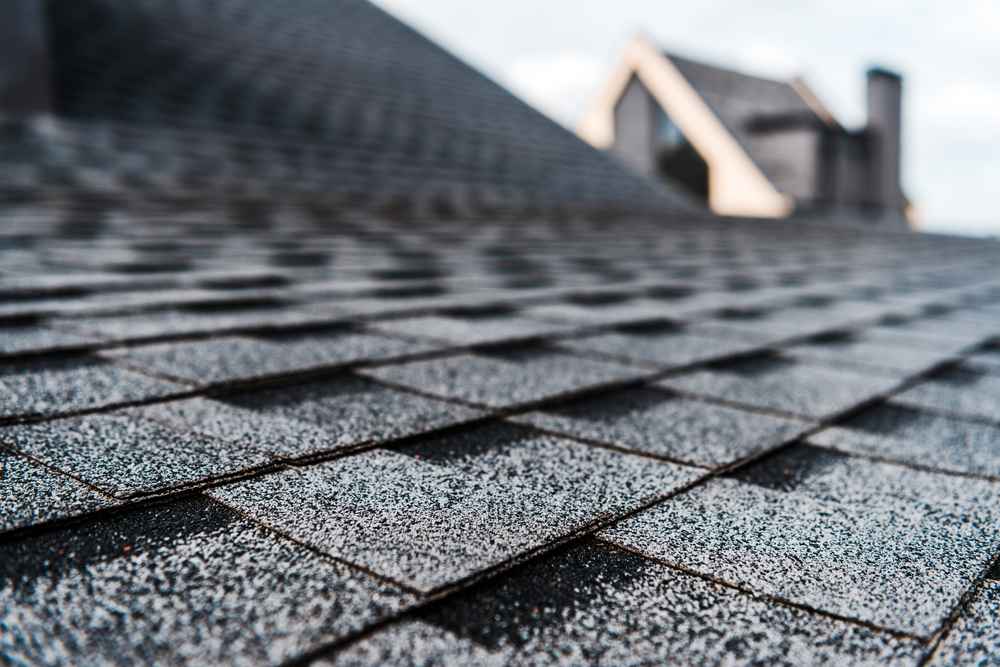Here in Longmont, Colorado, where mountains meet the plains, commercial buildings face a unique set of challenges. While residents might be sipping coffee at a local café, admiring their perfectly sloped rooftops, commercial property owners are often left pondering the mysteries of their vast, flat roofs. Understanding the unique issues that plague commercial roofs is vital for maintaining the structural integrity of your business premises.
Commercial vs. Residential Roofs: A Tale of Two Tops
It might seem obvious, but the differences between commercial and residential roofs run deeper than their physical structures. At first glance, one can tell that a commercial roof typically boasts a flat or low-slope design, while residential roofs often feature steep slopes. This difference in design is not merely aesthetic; it significantly impacts how these roofs handle water drainage and weather elements. Flat roofs, common on commercial buildings, are more prone to water accumulation, leading to potential leaks and damage if not managed correctly.
maintenance requirements also set commercial roofs apart. Larger surface areas mean more frequent inspections and cleanings to prevent minor issues from escalating into major problems. Regular maintenance is crucial to extend the lifespan of a commercial roof and ensure it remains in top-notch condition, safeguarding the interior of the building and the business operations housed within.
The Fab Five of Commercial Roof Problems
1. Leaks and Water Damage:
Ah, the classic enemy of flat roofs! Due to their design, commercial roofs in Longmont are particularly susceptible to water pooling, especially after a heavy downpour or rapid snowmelt. When water pools, it seeps into the tiniest of cracks, leading to leaks. Over time, this can cause significant structural damage and even mold growth, making it crucial to address pooling issues promptly.
2. Poor Installation Practices:
Not all roof installations are created equal. A poorly installed roof can lead to a plethora of issues down the line. Inadequate sealing, improper membrane alignment, and subpar materials contribute to premature roof failure. Ensuring that your roof is installed by reputable professionals is essential to avoid these pitfalls.
3. Punctures and Tears:
Commercial roofs often double as a playing field for HVAC units, solar panels, and other equipment. This heavy machinery can cause punctures and tears in the roofing material, especially if technicians aren’t careful during installation or maintenance. Regular inspections can help identify these vulnerabilities before they turn into costly repairs.
4. Blow-offs and Billowing:
Longmont’s windy conditions can sometimes wreak havoc on commercial roofs. Improperly adhered roofing materials are at risk of being blown off or billowing during strong winds. This not only compromises the roof’s integrity but also exposes the structure to other elements.
5. Shrinkage Issues:
Certain roofing materials, like single-ply membranes, are notorious for shrinking over time. This shrinkage can lead to cracks, splits, and ridges, compromising the roof’s ability to protect the building. Regular maintenance checks can help catch shrinkage early, preventing it from escalating into a more severe problem.
Wrapping It Up with Project One Roofing
Navigating the intricacies of commercial roof damage and maintenance in Longmont requires both expertise and vigilance. Whether you’re dealing with leaks, punctures, or the aftermath of a blustery day, staying proactive is key to maintaining a healthy roof over your business.
If you’re ready to tackle these challenges head-on, consider reaching out to Project One Roofing. With our skilled team and commitment to quality, we’re here to help you keep your commercial roof in peak condition. For personalized advice or to schedule an inspection, get in touch with us today. Your roof will thank you!




